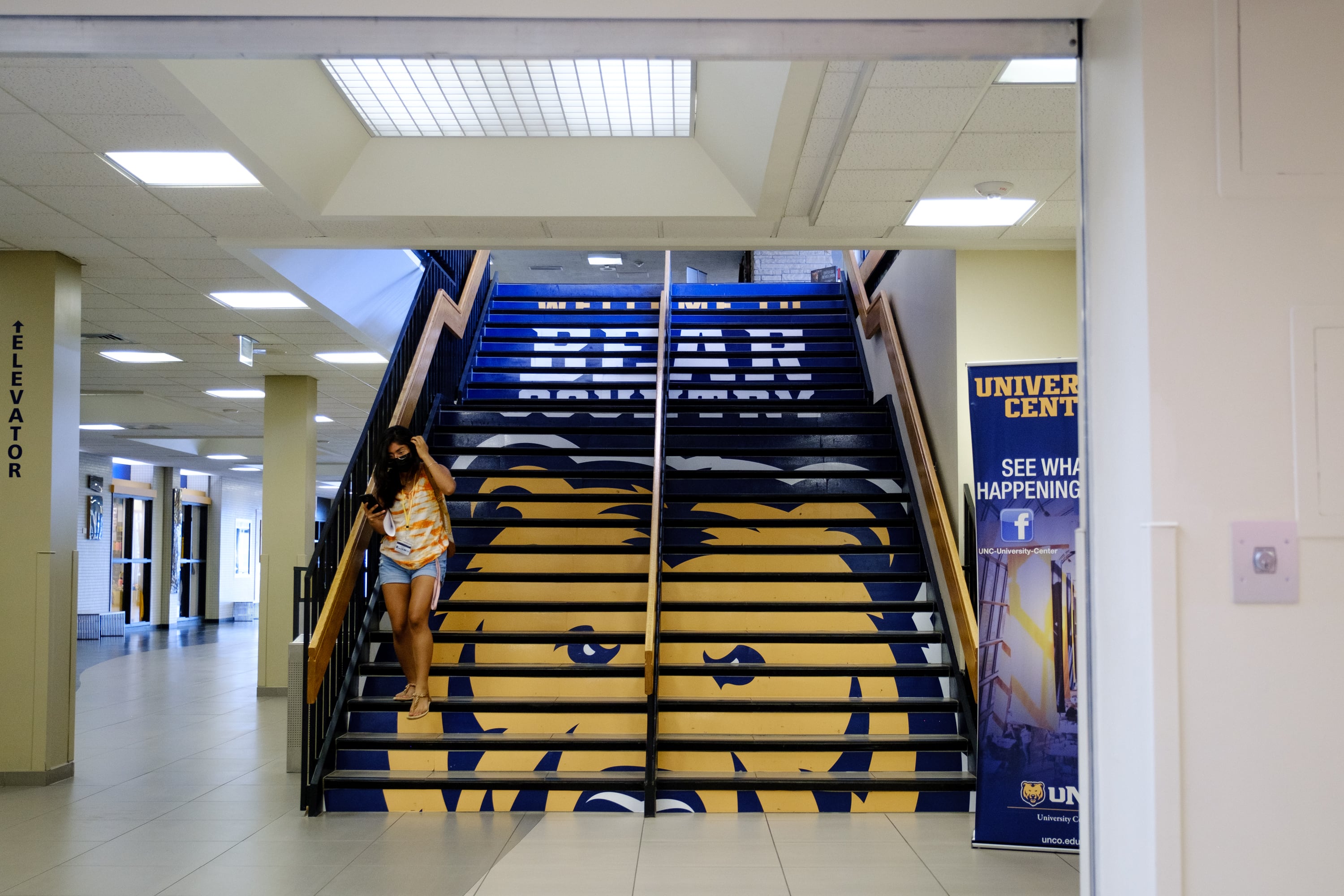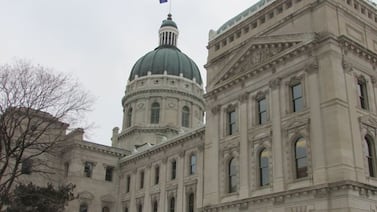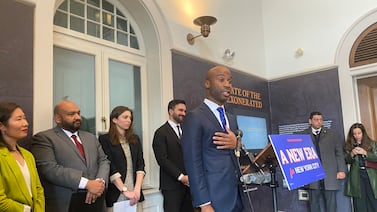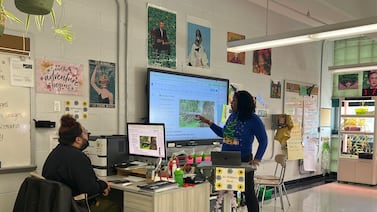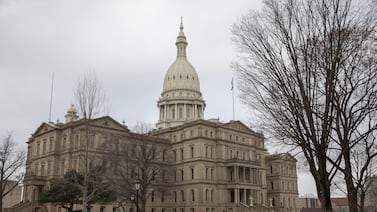Beyond High School is our free monthly newsletter covering higher education policy and practices in Colorado. Sign up to get it delivered to your inbox early.
Colleges and universities with a high percentage of students of color have been underfunded for decades by the federal government. But since President Donald Trump took office, they’re facing new challenges that will likely further impact their finances and ability to educate students.
These schools will receive less funding in Trump’s “big, beautiful bill,” which he signed into law on July 4. At the same time, another pool of funding for schools that largely or historically serve students of color was left untouched within the budget but faces a legal challenge.
Together, the Trump administration’s budgetary cuts and the pending lawsuit could cause the schools to reduce services for students, hike tuition, and even close their doors, according to higher education experts. This could mean students of color or from lower-income families will be less likely to go to college. But it will also impact all students — including rural and predominantly white students — and the communities where the schools are located.
The schools impacted by the Trump budget include Historically Black Colleges and Universities, Tribal Colleges and Universities, and Minority-Serving Institutions. Some schools will be more impacted than others.
While Trump has signed executive orders, including one in April, that have made statements supporting Historically Black Colleges and Universities, known as HBCUs, Trump’s budget bill makes a 14.4% cut to Title III funding that includes HBCU support.
Tribal Colleges and Universities, which are tribally controlled colleges with a mission to serve Native American students, also will be impacted by that cut, but stand to lose even more due to cuts to the federal Department of Interior’s Bureau of Indian Education, one of three major funding sources for TCUs. Support for these 37 colleges within the department will drop to $22 million — down from $127 million.
Some Minority-Serving Institutions also will lose funding. MSIs receive that designation for serving a certain percentage of students of color. For example, a Hispanic-Serving Institution must enroll at least 25% Hispanic students.
Additionally, Hispanic-Serving Institutions specifically face a lawsuit filed by the state of Tennessee and Students for Fair Admissions, run by conservative activist Edward Blum, that argues a pot of federal grant funding for HSIs is based on race and is discriminatory.
If successful, the lawsuit threatens to cut funding not just for HSIs but possibly all MSIs that rely on similar grant funding, according to Boston College associate professor and higher education expert Andrés Castro Samayoa.
What do the school designations mean?
Over the years, Congress has enshrined into law federal support for these different types of colleges and universities.
Marybeth Gasman, the executive director of the Rutgers Center for Minority Serving Institutions, said the designations are different because they were approved by Congress over several decades.
For instance, Congress passed higher education laws in 1965 to strengthen Historically Black Colleges and Universities, which include about 100 colleges and universities founded before the Civil Rights Act of 1964 to provide Black students college opportunities during racial segregation.
Congress federally recognized the 37 Tribal Colleges and Universities in 1978.
Lawmakers also created Minority-Serving Institution designations for schools. While HBCUs and TCUs received their designation because of their history or who controls the operations, Minority-Serving Institutions get their names based on the types of students they enroll.
The Hispanic-Serving Institution designation was recognized by Congress in 1992. In the last two decades, it created other MSI designations such as Predominantly Black Institutions and Native American-Serving, Non-Tribal Institutions.
Colorado has 14 public Hispanic-Serving Institutions in the state, according to the Hispanic Association of Colleges and Universities. Fort Lewis College is a Native American-Serving, Non-Tribal Institution; the state does not have an HBCU or TCU.
Why does this matter to students?
Most, if not all, of these schools are underfunded compared to schools without a designation and educate students using far less money, according to Castro Samayao.
For example, HSIs get approximately 68 cents per every federal dollar non-Hispanic serving schools receive, according to a Third Way study. Tribal colleges also have been underfunded for decades, according to a ProPublica investigation.
The 2026 federal budget includes the planned 14.4% reduction, down to $667 million, in Title III funding meant to support schools in improving educational quality, management, and financial stability.
Castro Samayoa said federal cuts and a ruling in the lawsuit against HSIs would mean universities have less overall support for students academically and financially. Most of these institutions won’t be able to recoup federal funding losses which could also mean higher tuition costs.
Students of color in Colorado and elsewhere could be less likely to go to college because colleges and universities might have less financial support for them or because of increases to tuition, he said. These are groups that don’t go to school at the same rate as their white peers.
Castro Samayoa said simply doing away with funding sources “is not doing anyone any favors.”
How does this impact communities?
American Indian College Fund Executive Director Cheryl Crazy Bull said she worries some tribal colleges will close. The Denver-based fund provides scholarships and other support for Native American students.
She said while the tribal colleges have a focus on Native American communities, the schools also serve rural and white communities. They’re often economic engines, employ members of the community, and help with local problems, like solutions in the fishing industry, she said.
“One of the underrecognized and underadvocated aspects of the tribal colleges is the way that they bring races together,” Crazy Bull said.
Gasman said people don’t realize that the designations are signals of representation, meaning these schools are defined more by being open to any student, she said. They often are more representative of their communities than other schools and have larger numbers of students from low-income families and those who are the first in their families to go to college.
Less federal funding, she said, means all communities lose out.
Jason Gonzales is a reporter covering higher education and the Colorado legislature. Chalkbeat Colorado partners with Open Campus on higher education coverage. Contact Jason at jgonzales@chalkbeat.org.

